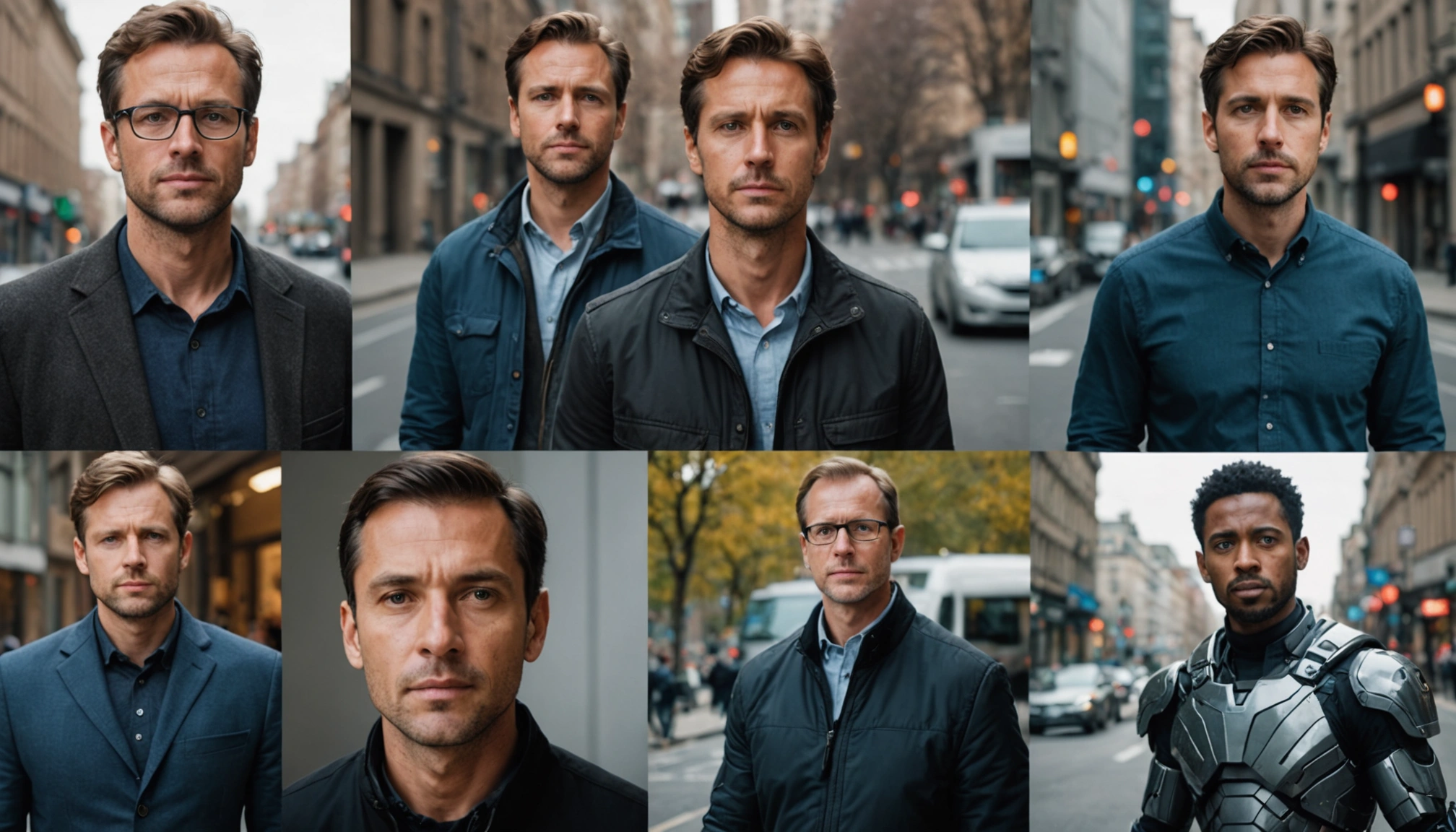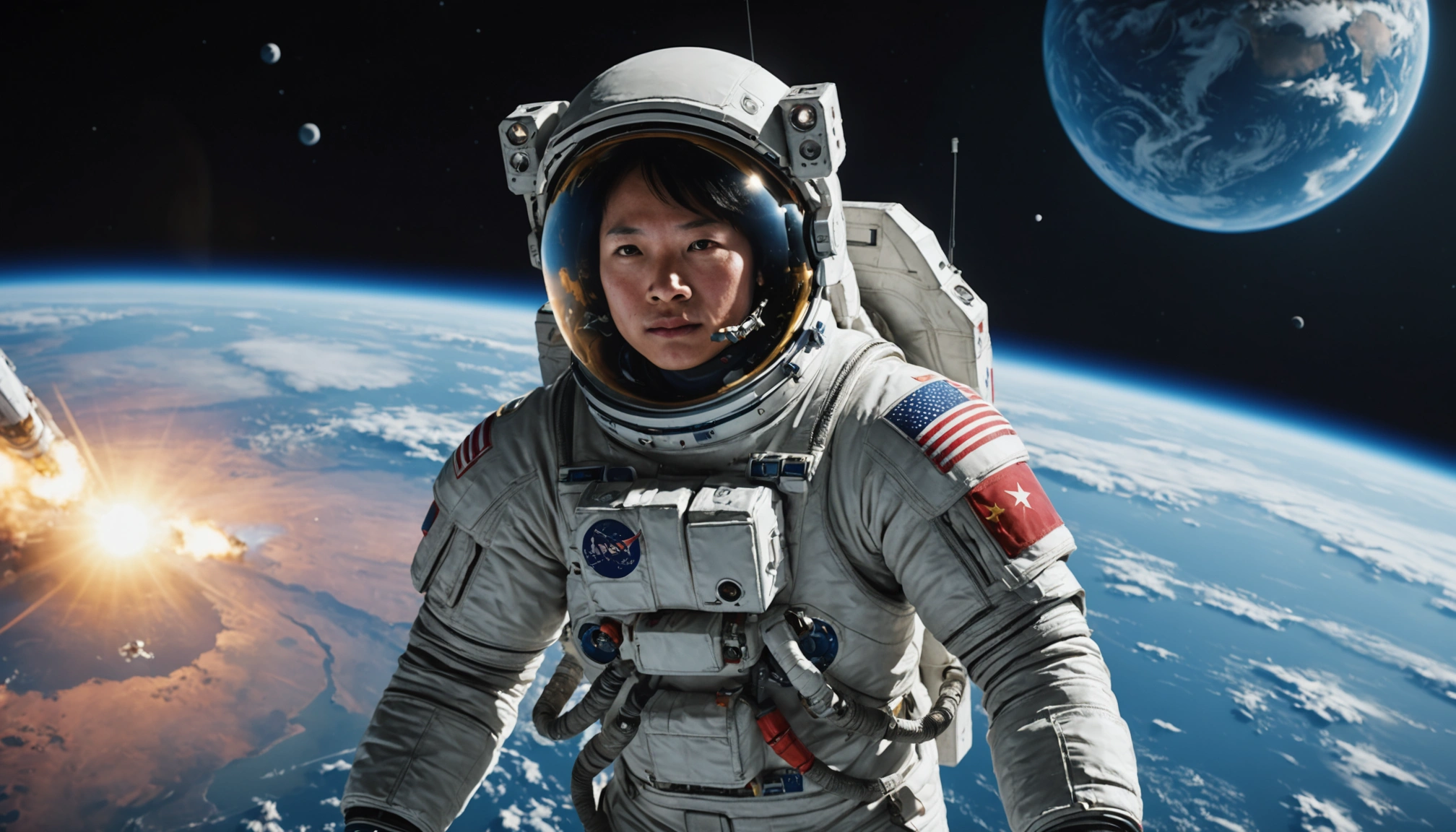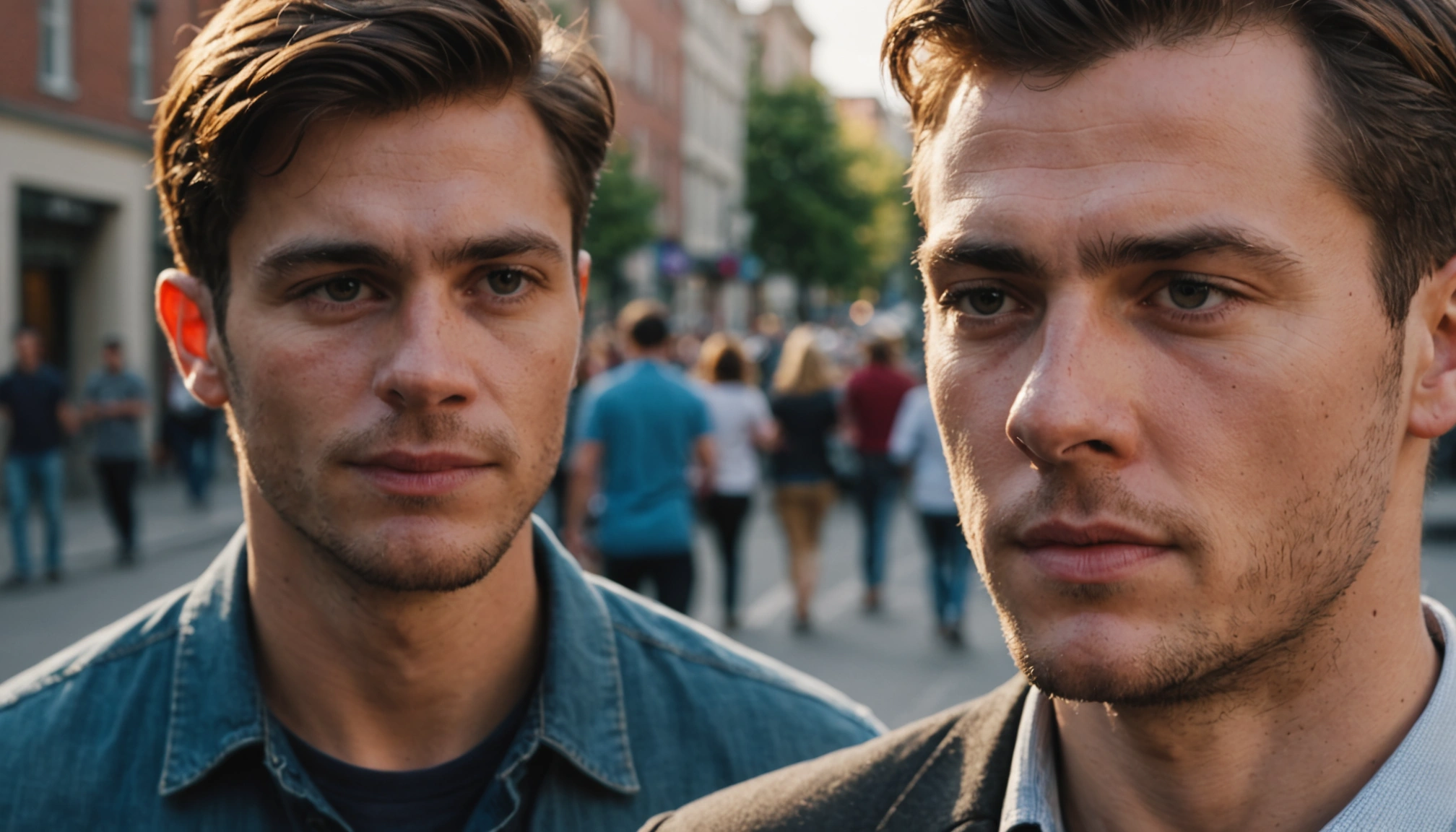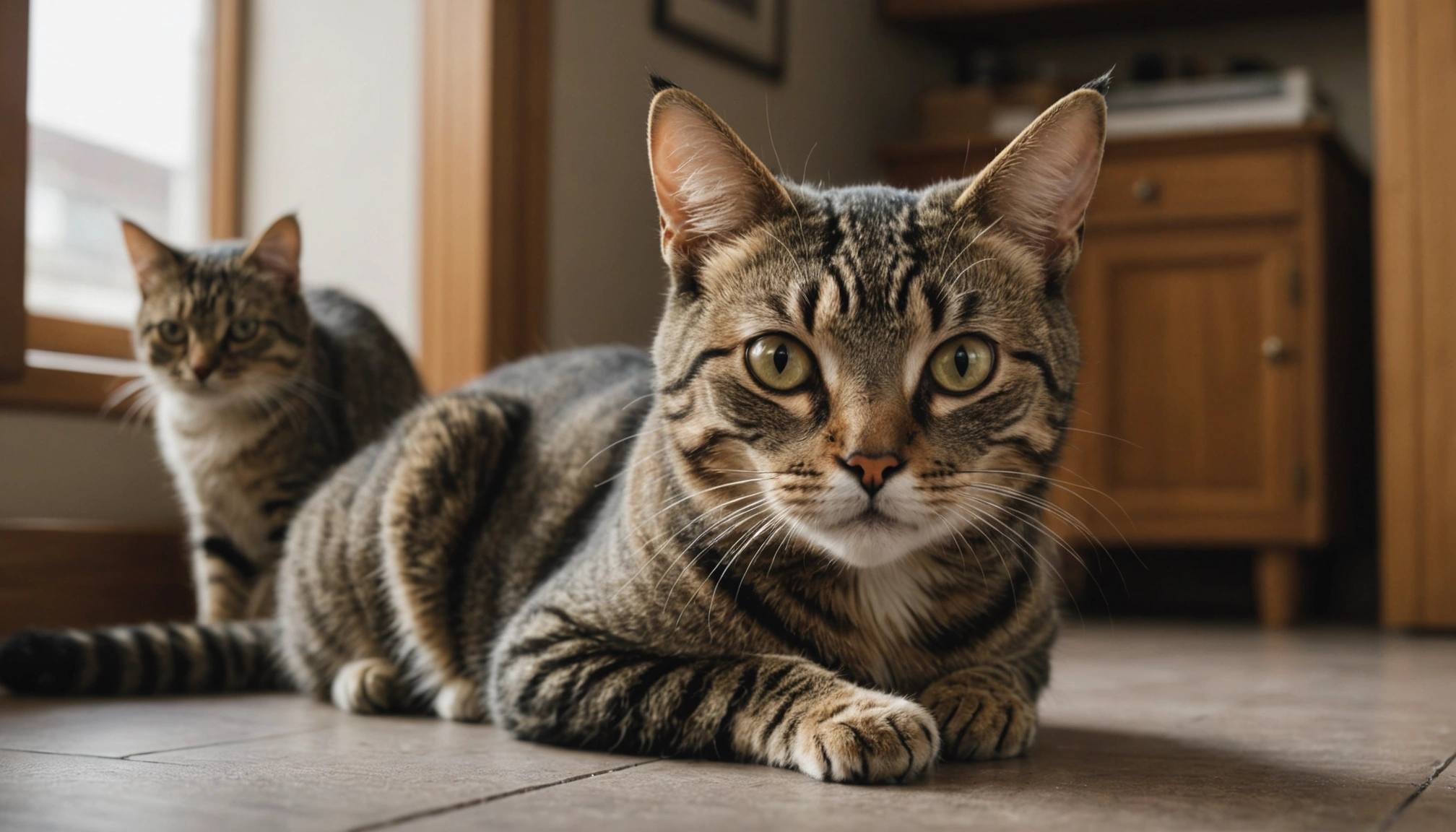AI Art Still Can't Quite Match Human Creativity, Researchers Find

The rise of artificial intelligence has sparked debate across numerous fields, and the art world is no exception. While AI can now generate complex and aesthetically pleasing images from simple text prompts, recent research suggests that it still falls short of replicating the nuanced creativity of human artists. Studies indicate that human-created art is often perceived as more skillful, emotionally resonant, and valuable than AI-generated pieces, highlighting the enduring importance of human experience and intent in artistic expression.
The Human Touch Still Matters
Several studies have explored the evolving dynamics between AI-generated and human-created artwork. One such study revealed that while AI-generated art is gaining acceptance, with participants selecting it nearly 45% of the time when unaware of its origin, human artwork is still preferred overall. Participants in experiments consistently assigned a higher monetary value to human art, even without knowing who created it. This suggests an inherent bias that values the creative process and the human touch, elements that AI-generated art struggles to replicate.
According to Sheena Iyengar, a professor at Columbia Business School, people across the board view art made by AI as less creative, less skilled, and less impressive than art created by humans. Iyengar's research indicates that this bias against AI stems from its perceived inability to convey the deep emotions associated with art, reaffirming the special resonance of human creativity.
Professional Artists Retain an Edge
In a study published in the American Psychological Association's journal Psychology of Aesthetics, Creativity, and the Arts, researchers found that professional artists still have an edge in producing more creative AI-assisted artwork than the AI programs themselves or novice artists. The study involved professional artists, individuals with little to no artistic training, and AI programs like DALL-E 3 and ChatGPT. Participants were asked to create prompts for AI to generate artwork, and the resulting images were then rated on creativity by a separate group of online participants.
The artwork created with prompts by the professional artists was rated as significantly more creative than the AI-generated artwork, followed by the novice artists' work. Further analysis revealed that the professional artists and the ChatGPT program used more words in their prompts, which could contribute to generating more creative artwork. The professional artists also used words in their prompts that were significantly higher in semantic distance than ChatGPT, followed by the novice artists.
AI as a Tool, Not a Replacement
While AI may not be able to fully replicate human creativity, it can still serve as a valuable tool for artists. AI-assisted tools allow for rapid prototyping, style exploration, and the enhancement of traditional artistic techniques. AI can also democratize art creation, making artistic expression more accessible to a wider audience. Individuals without formal training can use AI tools to produce sophisticated artworks, challenging traditional notions of artistic elitism and opening up new avenues for creative exploration.
However, the increasing prevalence of AI-generated art also raises concerns about the devaluation of human artistry and the potential loss of cultural heritage. As AI takes over more creative roles, it threatens what we understand as true creativity, potentially reducing art to a mass-produced product, stripping away the emotion and meaning rooted in human effort.
The Question of Intent and Emotion
One of the key differences between human and AI creativity lies in the realm of intent and emotion. Human creativity is deeply rooted in emotional depth and personal expression. Artists infuse their work with feelings, experiences, and unique perspectives, allowing them to convey complex emotions that resonate with audiences on a profound level. Unlike AI, which relies on data and algorithms, human creativity stems from lived experiences, artistic intuition, and a desire to communicate meaning.
AI operates through statistical pattern recognition, lacking emotional intelligence or genuine intent. While AI-generated images may appear expressive, they do not carry personal meaning or subjective experience, making them fundamentally different from human-created art. As Paul Seli, a researcher at Duke University, notes, whether AI is truly "creative" depends on how we define creativity. If creativity is tied to human experience, emotions, and intentionality, then AI appears to fall short.
The Future of Art in the Age of AI
The integration of AI into the art world is still in its early stages, and its long-term implications remain to be seen. While AI may not be able to fully replace human creativity, it is likely to continue to evolve and play an increasingly important role in the artistic process. The key will be to find ways to harness the power of AI as a tool for augmenting human creativity, rather than allowing it to diminish the value of human artistry.
As AI continues to advance, it is crucial to consider the ethical implications of its use in the art world. Concerns about copyright, ownership, and the potential for misuse must be addressed to ensure that AI is used responsibly and ethically. By fostering a collaborative approach between humans and AI, we can unlock new creative possibilities while preserving the unique qualities of human artistic expression.
Related Articles

China Embarks on Decade-Long Mission to Unlock Secrets of Asteroids and Comets with Tianwen-2

